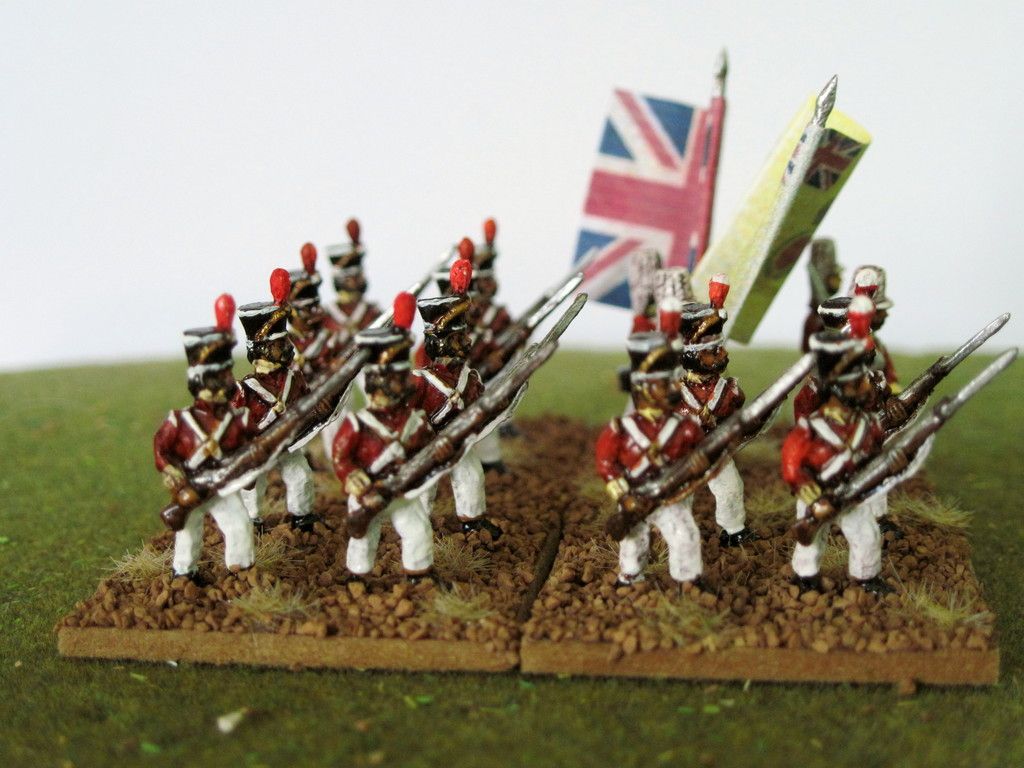The four
pillars of British rule in India were control of the economy, military
discipline, fire power and political intrigue.
Before we move on to military considerations we can note a little about
the economy and intrigue.
The wealth
extracted from India by the Company was colossal. The control of the Company
was entrusted to members of the British elite who moved seamlessly (mainly)
between Government and Company and back again. The tension between General Sir Hugh
Gough a valued and proven military commander (an old Peninsular man) and
Governor General Sir Henry Hardinge (also a Napoleonic Veteran) an actual
member of the elite was informed by that reality.
From the time
of Plassey political intrigue had been a major element in British sub-continent
military operations. In India’s shifting
kaleidoscope of loyalties key elements of the opposition forces could be bought
off before the decisive clash.
As we learn
from Sir Richard Burton’s diaries this had, on the eve of the Sikh War, been done
to enable the conquest of Scinde. It is
therefore surprising to note the hostile and contemptuous post war attitude of
British officers towards the Sikh generals who did so much to enable a British
victory in the Punjab.
British
military might on the sub-continent relied on the Company’s army and various
Queens regiments posted to India as part of the garrison. For major campaigns irregular troops, mostly
cavalry would be signed up. Ghurkhas were of course already highly valued auxiliaries.
The shadow of
the Duke still hung around the army.
Senior staff had often served under him, infantry formed square to
repulse cavalry and the sight of the French tricolour at the head of the Sikh
infantry must have jolted a few memories.
A couple of volley’s and at them with the bayonet was still a military
reality.
At the end of the war much criticism was made of Gough’s “Tipperary tactics”. When Gough said it was better the army all died than it retreats, it was cited as evidence of his limitations as a military leader. Yet Sir Colin Campbell said much the same about the retreat of the Guards in the Crimea.
At the end of the war much criticism was made of Gough’s “Tipperary tactics”. When Gough said it was better the army all died than it retreats, it was cited as evidence of his limitations as a military leader. Yet Sir Colin Campbell said much the same about the retreat of the Guards in the Crimea.
I’m inclined to
think Gough knew exactly what he was doing. General Sir Hugh “Paddy” Gough was
an Anglo Irishman and as such I think he knew just how tenuous the Company’s
hold on India was. The sight of a British army running away from the Khalsa
might well have been the beginning of the end.
A British army fighting to the last man was a different matter.
By the time of the Sikh War the old British way of life in India was passing away and a racially defined muscular Christian society was taking its place. The old Colonel with his chillum pipe and Indian wife or even wives was becoming a figure of fun.
These attitudes impacted upon the military. The Queen’s regiments were regarded as superior to the Company’s white regiments who in turn were deemed superior to the Sowars and Sepoys of the native regiments.
Such categorization, and it extended to the relative seniority of white officers, had little foundation in reality. Company officers and troops often had much more experience of active service than their equivalents in the Queen’s regiments. A study of the career of the very capable General Nott, a Company officer, is very instructive in this regard.
Accordingly, we
won’t be using that tripartite division of military assets here, rather the
starting point will be that the British Army in India in its entirety was a
good professional army.










